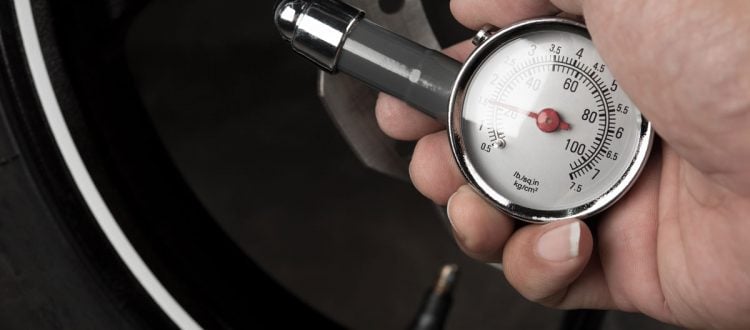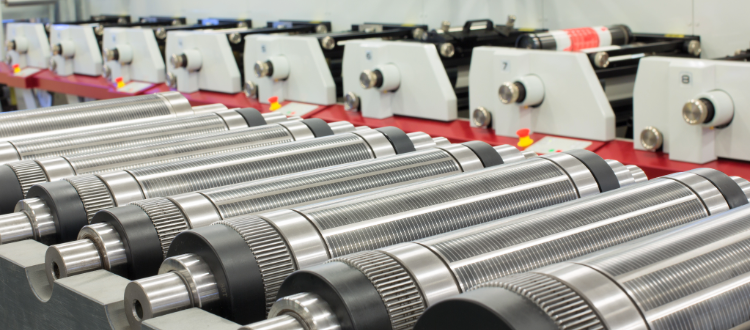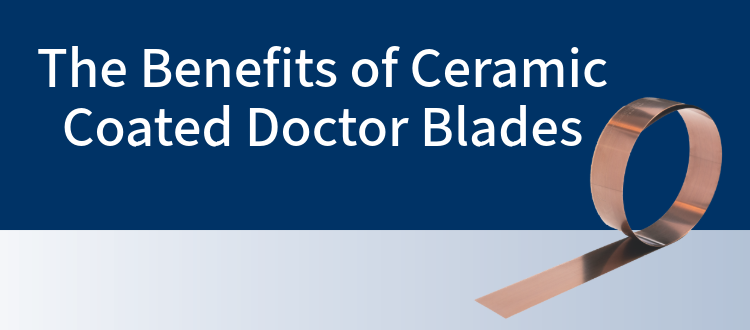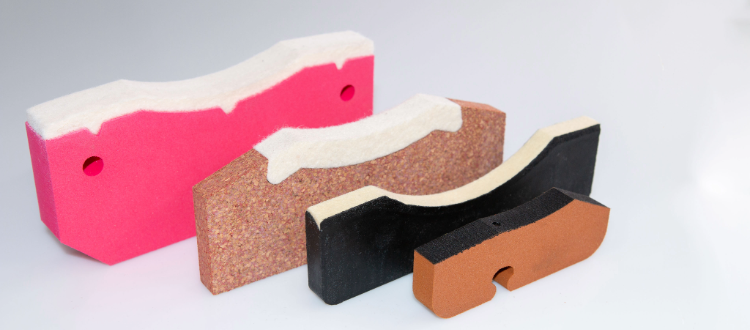The old saying that ‘some is good, more is better’ applies to many things, but one of them is not ink chamber pressures on your flexo presses. Ink chambers are meant to run at 1– to 2-bar, or a maximum of about 29 PSI. When the pressure if too high things may not go quite the way you planned. More is definitely not better!
Your press operator may subscribe to the ‘some is good, more is better approach’ and think “what can possibly go wrong?” if the pressure is increased. He or she may not fully realize that while too much pressure won’t immediately cause doctor blades to wear faster and end seals to blow out, it can quickly allow too much ink to transfer to the print media, which can compromise print quality and contribute to back doctoring. Every one of these costs you money, which is a different kind of pressure, and one you probably don’t want.
Defining the problem
In my earlier days I never thought much of chamber pressures as a major problem but I quickly learned that it was. And now with many customers at Provident Group I have seen first-hand how pervasive it can be, and more importantly, how it can be mistaken for other issues. For example, a customer called us about leaking end seals. When we investigated found that the seals—ones which we provided—were indeed leaking. But why? Digging deeper we found the chamber pressures were up around 5-Bar (nearly 72 psi) which can be enough to cause an end seal leak.
Another customer was bothered by doctor blades that seemed to be leaving too much ink on the anilox rolls. We were thinking worn blades or maybe blades with one with the wrong tip for the jobs being run. But no. Instead, we found high chamber pressures were putting too much ink onto the rolls while also distorting the shape of the blades so they weren’t metering ink correctly. We dialed back the chamber pressure and the problem went away.
You can even visually check this yourself. If a roll looks shiny when the press is running, chances are there’s too much ink on the roll. If the ink on the roll has more of a satin finish look to it, the amount of ink is probably about right. This doesn’t mean all is well, though. A doctor blade that’s been on press for a few jobs may be reaching the end of its life, and it could also have been deformed by excess chamber pressure. Both could result in too much ink being left on a roll and both can be exacerbated if the blades are made of steel that is less resistant to wear and pressure.
What to do?
Shiny anilox rolls and leaking end seals are two good hints that your chamber pressures may be too high, so how can you address the problem? Begin, perhaps obviously, by reducing chamber pressure. Depending on the press, this may be a manual, hydraulic or pneumatic adjustment, but start by getting chamber pressure down to between 1- and 2-Bar. As you reduce pressure, look at the roll. Assuming the doctor blade is not worn out or damaged, the appearance of the roll should change from a shiny to a satin finish pretty quickly. If you still have problems you may need to dig deeper and replace the doctor blade or end seals, but you are probably on the right track. Bear in mind, though, that the hydraulic pressure is probably not something you can change. It is set by the press manufacturer, so one of their techs may have to address the issue. But before they come in, be sure your doctor and containment blades are new, installed properly and that you have fresh end seals to help isolate the problem.
It’s also important to remember that the 1- to 2-Bar range is a guideline, and the correct pressure depends on the job, the press, the substrate, the quality of your anilox roll, cleanliness of your ink and ink chamber, and more. Going below 1-Bar can leave the ink less controlled, which can lead to more ink on the anilox roll than you may want or need.
When you’re still not happy after checking all the moving parts and potential trouble spots, it’s time to call us. We at Provident Group are ink systems experts and can help solve the issues you face and can guide you to the best decisions. Never hesitate to reach out when you need help with any part of your ink train. We’ve seen just about everything and can help find solutions to your challenges.
